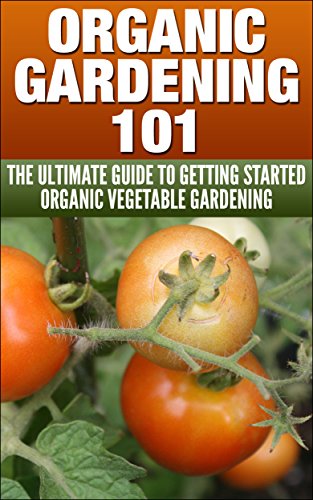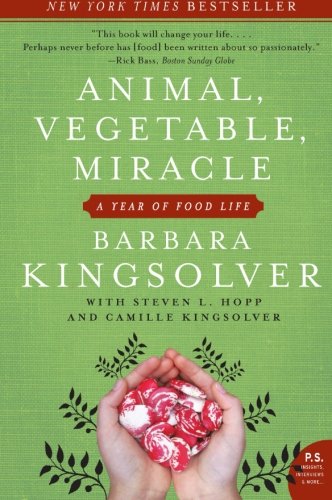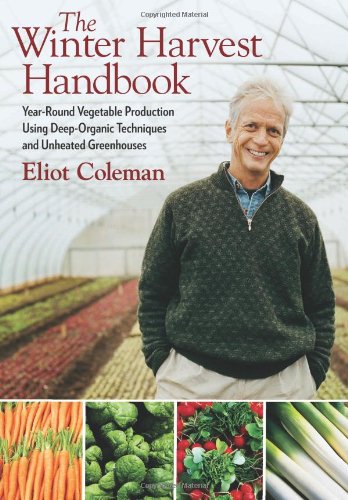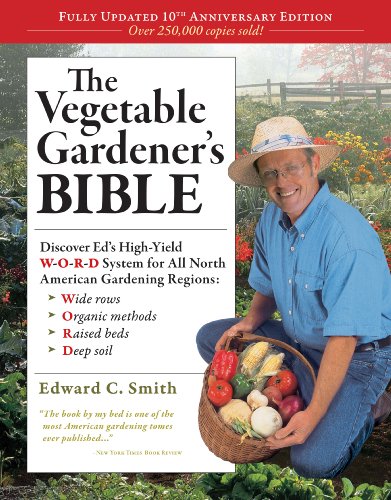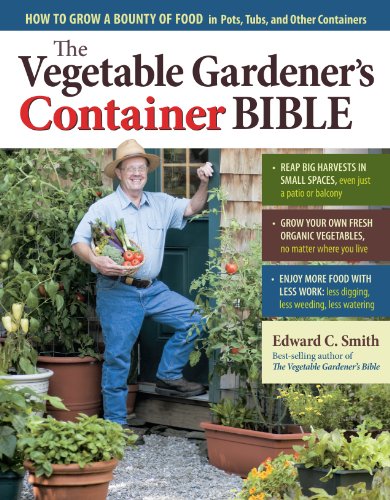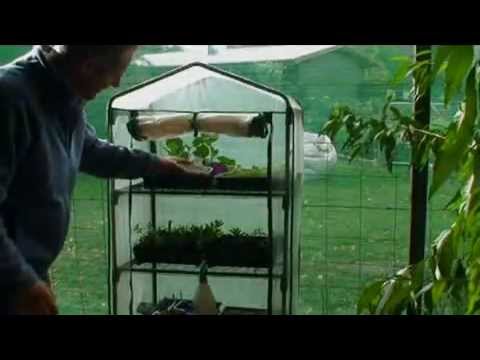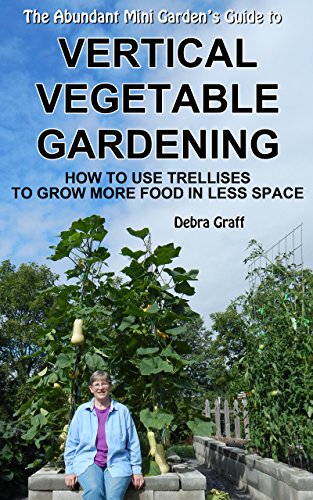
The Abundant Mini Garden’s Guide to Vertical Vegetable Gardening: How to Use Trellises to Grow More Food in Less Space
** An Amazon Best Seller in Gardening and Horticulture, Urban Gardening, and Garden Design ** This 140-page book includes 90 images. Discover how you can harvest up to $150 worth of organic vegetables from plants grown on trellises in a tiny 4’ x 4’ garden bed! You can tuck this size bed into the smallest yard – and you only need a few minutes per week to care for it. * Discover the incredible amounts of food that you can harvest from a small vertical garden * Learn when you should NOT use a vertical garden * Produce the highest yields possible by giving your plants these five things * Double or triple your harvest from a small vertical garden bed with this one simple tip * Discover which type of trellises work best with different vegetables * Learn how to design your vertical garden for maximum yield and comfort * Discover how to properly train and prune the large vining plants on your trellises * Get detailed directions for easily creating a large $20 trellis that will last over 15 years A single large winter squash plant can easily grow 20 feet across on the ground. That’s a huge amount of space for just one plant, and you would need to do a lot of work to keep that much area weeded, fertilized, and watered. But you don’t need a lot of space or time in order to grow large vining vegetable plants if you learn how to grow them vertically on trellises. The author, Debra Graff, has 35 years of experience in growing organic food in small garden beds, and has trained new Master Gardeners about vegetable gardening. In this book, she shares many of the secrets that she has learned over the years on how to produce a tremendous amount of food from a small vertical garden.

